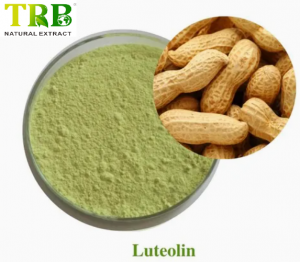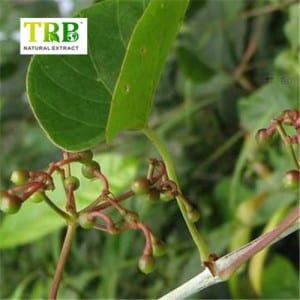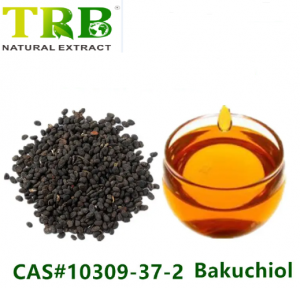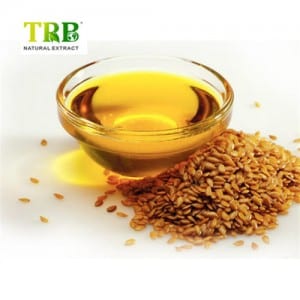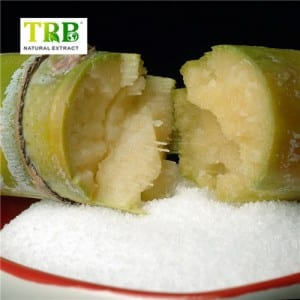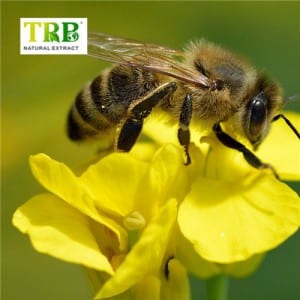Product Description: Luteolin 98% by HPLC
CAS No.: 491-70-3 | Molecular Formula: C₁₅H₁₀O₆ | Molecular Weight: 286.24
1. Overview
Luteolin, a naturally occurring flavonoid, is widely present in plants such as parsley, celery, green peppers, artichokes, rosemary, and olive oil . Known for its potent bioactivity, Luteolin 98% by HPLC is a high-purity extract standardized through advanced chromatographic techniques to ensure consistency and efficacy. This product meets the stringent demands of pharmaceutical, nutraceutical, and cosmetic industries, offering a versatile ingredient backed by scientific research .
2. Key Specifications
- Purity: ≥98% by HPLC
- Appearance: Light yellow to greenish powder
- Ash Content: ≤5% (for External Purity ≥90%) or ≤13% (for External Purity ≥85%)
- Solubility: Insoluble in water; soluble in organic solvents like DMSO
- Storage: Store in a cool, dry place away from light
Purity Clarification
- Normalization Purity: Refers to the proportion of Luteolin in the HPLC chromatogram (≥98%) .
- External Purity: Calibrated against a reference standard (Sigma grade), indicating actual purity (85–95%) .
- Example: A batch with 13% ash achieves 85% external purity, while ≤5% ash allows ≥90% external purity .
3. Health Benefits and Mechanisms
3.1 Antioxidant Activity
Luteolin neutralizes free radicals by donating hydrogen atoms, protecting cells from oxidative stress linked to aging, cardiovascular diseases, and neurodegeneration . Studies show it scavenges superoxide anions and inhibits lipid peroxidation .
3.2 Anti-Inflammatory Effects
By suppressing pro-inflammatory cytokines (e.g., TNF-α, IL-6) and inhibiting NF-κB and COX-2 pathways, Luteolin alleviates chronic inflammation in conditions like arthritis and pancreatitis . In murine models, it reduced pancreatic edema and inflammatory infiltration via HO-1 modulation .
3.3 Anticancer Properties
Luteolin induces apoptosis and cell cycle arrest in cancer cells while inhibiting metastasis and angiogenesis . Notable effects include:
- Prostate & Breast Cancer: Suppresses proliferation by downregulating PI3K/Akt and ERK pathways .
- Lung Cancer: Inhibits Nrf2, sensitizing cells to chemotherapy .
- Liver Cancer: Reduces hepatic fibrosis and protects hepatocytes .
3.4 Immunomodulation
It balances hyperactive immune responses, making it beneficial for autoimmune diseases like lupus and allergies .
3.5 Metabolic Benefits
- Hypoglycemic Action: Enhances insulin sensitivity and GLUT4 translocation, aiding diabetes management .
- Cardioprotection: Relaxes vascular smooth muscle, improving blood flow and reducing hypertension .
3.6 Antiviral Activity
Luteolin inhibits HSV-2 replication by blocking viral entry and protease activity, outperforming acyclovir in some studies .
4. Applications
4.1 Pharmaceuticals
- Cancer Adjuvant Therapy: Used in formulations targeting prostate, breast, and lung cancers .
- Anti-Inflammatory Drugs: Incorporated into tablets or injectables for chronic inflammation .
4.2 Nutraceuticals
- Dietary Supplements: Capsules or powders for antioxidant support and immune enhancement .
- Functional Foods: Added to beverages or snacks for metabolic health .
4.3 Cosmetics
- Anti-Aging Creams: Reduces UV-induced skin damage via antioxidant mechanisms .
- Acne Treatments: Combats microbial growth and inflammation .
5. Quality Control
5.1 HPLC Analysis
- Method: Reverse-phase C18 column, mobile phase (methanol/water/phosphoric acid), flow rate 0.5–1.5 mL/min .
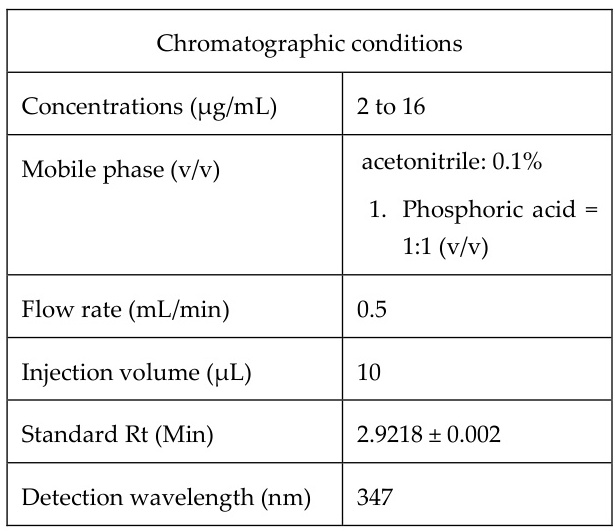
- Detection: UV absorbance at 270–348 nm .
- Retention Time: ~4.9–16.85 minutes, depending on solvent system .
5.2 Batch Consistency
- Certificates of Analysis (CoA): Provided for each batch, detailing purity, ash content, and residual solvents .
- Stability Testing: Confirms shelf-life under recommended storage conditions .
6. Safety and Compliance
- Toxicity Profile: LD₅₀ >2000 mg/kg in rodents, indicating low acute toxicity .
- Regulatory Status: Complies with USP, EP, and FDA guidelines for dietary ingredients .
7. Why Choose Our Luteolin 98%?
- Natural Sourcing: Extracted from non-GMO peanut shells or Arachis hypogaea .
- Custom Specifications: Available in 85%, 90%, or 95% external purity to meet diverse needs .
- Technical Support: Dedicated team assists with formulation and regulatory compliance .
8. References
- Antioxidant and anti-inflammatory properties .
- Purity specifications and HPLC methodology .
- Anticancer mechanisms .
- Metabolic and immunomodulatory effects

